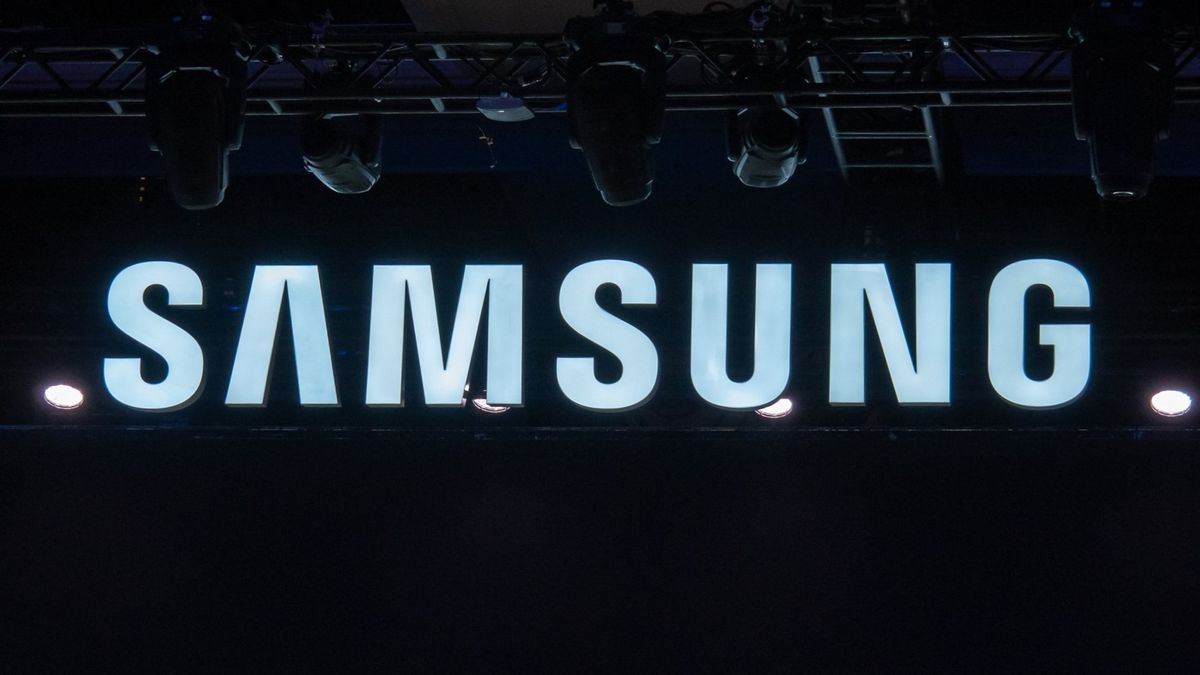Chocolates packaged for Valentine’s Day sit on a table on February 2, 2024 in Chicago, Illinois.
Scott Olson | Getty Images News | Getty Images
A bouquet of roses, dinner for two and a box of chocolates make up the essentials for a textbook Valentine’s Day date. But lovers may experience sticker shock this year due to higher cocoa and sugar prices.
Cocoa prices soared to all-time highs last week as deteriorating weather conditions and disease challenges hammered crop yields in Ghana and the Ivory Coast, home to 60% of the world’s production.
“This has led to a decrease in production, and had created a shortage of cocoa supplies in the market,” said Sergey Chetvertakov, principal research analyst for cocoa and sugar markets at S&P Global. He said this is the third consecutive year of insufficient cocoa supply, adding it’s not about to improve in the near future.
Cocoa futures have surged nearly 40% since the start of the year to notch an intraday all-time high of $5,874 per metric ton Thursday.
“What’s really driving all of this is basically this El Nino that’s in place right now. It’s really affecting the crop,” said David Branch, senior vice president at Wells Fargo Agri-Food Institute.
He noted this also affects sugar crops.
The El Niño weather phenomenon has brought drier temperatures to Southeast Asia, India and parts of Africa, which drove a rally in soft commodities like sugar and cocoa last year.
Costly sweet tooth
“Chocolate prices are going to be higher,” Branch told CNBC. “Product manufacturers are just raising the margins and telling the retailers to eat it, and they have to try to sell it at a higher price.”
Prices of chocolates rose 11% in the past year, according to consumer intelligence database NielsenIQ, using data compiled through Jan. 27. “Chocolate prices are the highest we’ve seen in years,” said a representative of NielsenIQ.
A farmer cutting a cocoa pod to collect the beans inside on a farm in Azaguie, Ivory Coast, on Friday, Nov. 18, 2022.
Bloomberg | Bloomberg | Getty Images
Still, experts don’t expect that spike to deter sweet tooths just yet.
“There is still plenty of enthusiasm for treats around Valentine’s Day,” the National Confectioners Association told CNBC via email, adding that 92% of Americans surveyed said they planned to share chocolates and candies for Valentine’s Day this year.
“For Valentine’s, [chocolates] are like a special treat and a must have for many people,” said Chetvertakov. He noted that in spite of higher prices, the chocolate market is robust in mature markets like Europe and North America. He noted, however, there’s been demand destruction in Asia.
Chocolate and cacao have historically been associated with love and fertility dating back to Maya and Aztec civilizations, which introduced the commodities to Western Europe via the Spanish conquistadores. Now, chocolate and Valentine’s Day are synonymous, even if critics say the affiliation is perpetuated by marketing gimmicks.
But with stubborn inflation globally, sweets also present a more accessible way of participating in the festivities. Kim, a 28-year-old woman in Singapore, said she usually opts to bake cookies for her loved ones on Valentines Day instead.
“Besides capitalism… I think it also could be because it’s easier — like, it’s more affordable than going out for dinner or buying gifts,” she said. “Usually the trope is, you give a card and chocolates. I think it’s the easier bit of doing something than not doing anything at all.”
But even outside of the annual season of love, chocolate demand usually remains relatively robust even during economic downturns, according to food commodity price database Mintec.
“This may be aligned with a human tendency to seek ‘small pleasures’ during uncertain times, and chocolate is known to be a natural mood enhancer,” Mintec said in a recent report.
What about your dinners?
That being said, chocolates are not the only Valentines’ Day treats that will dent the wallet this year. It’s also a season when demand for lobster and beef generally rise, as consumers dine out during the Valentine’s season.
Tandoori Lobster tail in Bindia Restaurant 16 Market St. in Toronto.
Andrew Francis Wallace | Toronto Star | Getty Images
Mintec’s Valentine’s Day meal index, which tracks prices of common Valentine’s Day staples such as chocolates, lobster tails, beef loins and potatoes, surged 13.8% year-on-year in January. The jump was driven by higher lobster tail prices, the report stated, which noted that the January average of lobster tails are 40% higher than last year’s as a result of production shortfall in key areas such as Maine and Canada.
Lobster prices are expected to remain elevated in February due to lower supplies from Canada and the U.S., Mintec-subsidiary Urner Barry said in a Feb. 8 report.
This year, Kim and her partner of six years have opted for a simpler, cozier Valentine’s Day dinner — a change in cadence from more elaborate fare in the earlier days of their relationship.
“I think it was more of a novelty when you first started dating someone,” she said. “When I first started dating this person, we had a fancier, more expensive dinner. But now it just feels like, ‘let’s not waste money.'”





















Discussion about this post